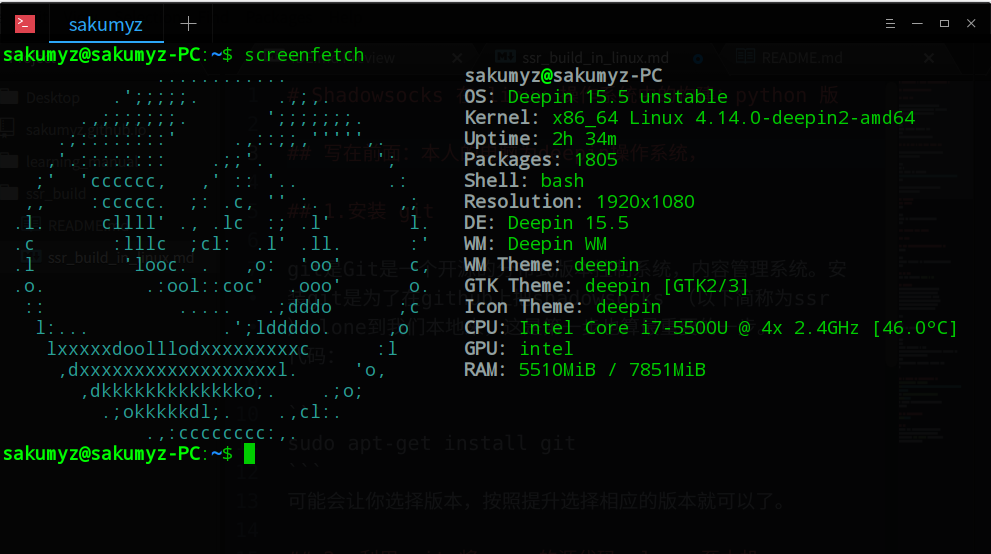
- #Shadowsocks manyuser how to#
- #Shadowsocks manyuser manual#
- #Shadowsocks manyuser code#
- #Shadowsocks manyuser free#
Easy enough: if your (automated) process is practicing both CI (continuous integration) and CD (continuous deployment), then we can consider the solution as being some form of "CI/CD". Beforehand, let's establish what can be considered "CI/CD".
#Shadowsocks manyuser manual#
Continuous Deploymentįor example, if I make a simple tool that automatically builds and deploys, but test step is manual - can this be considered CI/CD? For additional context, see: Continuous Integration vs. For the sake of this question, we'll accept the two terms as relatively interchangeable - but be aware that others may apply a more narrow definition, which may be slightly different depending on which "D" you mean, specifically. There's a minor point of minutia that should be mentioned first: the "D" in "CI/CD" can either mean "Delivery" or "Deployment". So let's get our hands dirty and create a ArgoCD AppProject using the argocd CLI called apps2deploy: role token:ġ.) Use argocd CLI to create AppProject, role & permissions incl.
#Shadowsocks manyuser how to#
There are 2 solutions how to configure the AppProject, role & permissions incl. For example, a CI system may only be able to sync a single app (but not change its source or destination). These can be used to give a CI pipeline a restricted set of permissions. Projects include a feature called roles that enable automated access to a project's applications. ArgoCD projects have the ability to define Project roles: And with such a AppProject you don't even need to create a user like tekton in the ConfigMap argocd-cm. Specified by fault field of the argocd-rbac-cm ConfigMap.īut these additional RBAC rules could be setup the simplest using ArgoCD Projects. RBAC rules set up, otherwise they will fall back to the default policy When you create local users, each of those users will need additional The problem is mentioned in Argo's useraccounts docs: Or perhaps the article is suggesting the repo is dedicated only to Terraform.
#Shadowsocks manyuser code#
These don't require provisioning new infrastructure, as the code is just placed onto existing infrastructure.

For example, this article says "anytime there is a push to the src directory it will kick off the action which will have Terraform deploy the changes made to your website."īut doesn't this only make sense if the change you are making is related to provisioning infrastructure? Why would you want any code push to trigger a Terraform job if most pushes to the codecase have nothing to do with provisioning new infrastrucutre? Aren't most code pushes things like changing some CSS on the website, or adding a function to a back-end node script. It makes sense that anytime one wants to provision something different in their infrastructure that a CI/CD pipeline would add visibility and repeatability to an otherwise manual process.īut some article make it sound as though Terraform is doing the deploying of any change. He also was forced to delete the code on GitHub and he had “no choice but to obey.” He added that “I hope one day I’ll live in a country where I have freedom to write any code I like without fearing.You see a lot of articles on combining GitHub actions with Terraform. In 2015, however, Clowwindy left a message on a GitHub thread stating that the police had found him and had asked him to stop working on Shadowsocks and, presumably, ShadowVPN.
#Shadowsocks manyuser free#
The protocol was a huge success and clowwindy kept working on it for several years, as well as developing a free VPN called ShadowVPN. Shadowsocks was developed by a Chinese programmer only known as “clowwindy,” who put the initial commit (a version of a program or script) on GitHub in 2012. However, before we go into any more detail, let’s first go over where Shadowsocks comes from.


Not only is using Shadowsocks free, it also hides traffic a little better than VPNs do. In fact, Shadowsocks is so good at getting past China’s blocks that there’s a good case to be made for it over another tool, virtual private networks (VPNs). RELATED: What to Expect from the Internet in China It’s used widely in China by people looking to tunnel under the Great Firewall-the digital barrier that keeps the Chinese internet “safe” from foreign influence-as it’s completely free, though you’ll need some tech know-how to set it up. Shadowsocks is a connection tool that lets you circumvent censorship. Let’s see what this protocol can and cannot do. Not only is its name intriguing, it also promises to get you past any blocks safely. If you’re looking to escape internet censorship, one interesting option is something called Shadowsocks.


 0 kommentar(er)
0 kommentar(er)
